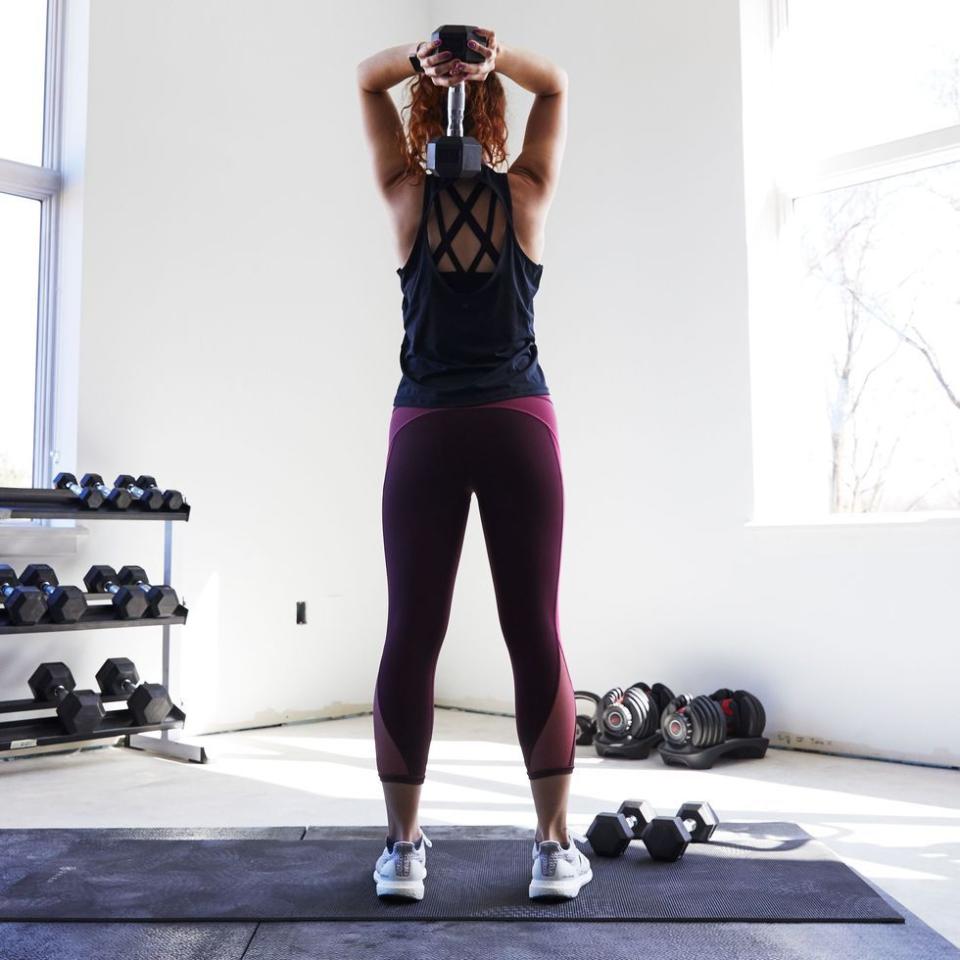How to Make the Most of 24 Hours in a Day for Better Health

"Hearst Magazines and Yahoo may earn commission or revenue on some items through these links."
New research points to how much movement (along with sleep and standing time) you should aim to get every day for better health.
The study author says the biggest takeaway is moving more often throughout the day to break up periods of being sedentary.
In the last five years, research has explored the dangers of sitting too much and the advantages of getting more activity throughout the day. But researchers usually don’t make precise recommendations about exactly how much time you should spend on sitting, standing, exercising, and sleeping… until now.
Research in the journal Diabetologia looked at daily schedules for 2,388 men and women with well-controlled diabetes, aged 40 to 75 years. As part of a larger effort called The Maastricht Study, participants wore activity trackers and also provided health-related information like waist circumference, fasting glucose levels, dietary intake, and smoking.
In assessing this data, researchers investigated the effects of trading one activity for another; for example, how sitting more often changed health markers and glucose readings compared to increasing activity, sleeping, or standing. They found the ideal daily balance seems to be:
2 hours and 10 minutes of light-intensity physical activity
2 hours and 10 minutes of moderate-to-vigorous intensity physical activity
5 hours and 10 minutes of standing
6 hours of sitting
8 hours and 20 minutes of sleeping
“Different amounts of time for each behavior translate to changes in health markers, such as fasting glucose,” lead author Christian Brakenridge, Ph.D., researcher at Swinburne University of Technology told Bicycling. “This also shows that time use has to be balanced, you can’t try to eliminate sedentary behavior from your schedule completely, because that’s not realistic.”
Don’t Be Afraid to Lift Heavy! Research Confirms the Benefits

Research Suggests Reduce Sitting Time By One Hour to Improve Health

Spending Time in Nature Influences Your Food Choices, Says Research

The Amount of Leafy Greens You Need to Keep Your Heart Healthy

Just 8 Weeks of Sprint Training Can Boost Your Power, Research Suggests

Study Shows Cutting Back on Social Media Boosts Mental Health

For a Healthier Gut, Eat More of These Types of Foods

Morning vs. Evening Exercise Yields Different Results, Study Says

Skipping Breakfast May Leave You Short on Important Nutrients, New Research Shows

The study does have limitations, most notably in terms of its short time frame, which looked at behavior changes over eight consecutive days. Swapping one behavior for another—such as standing more often and sitting less—often wouldn’t produce significant results from one day to the next. However, the fact that some improvements in glucose were seen almost right away is promising, said Brakenridge.
Another variable that needs more investigation is the impact of light intensity activity and moderate-to-vigorous activity. If you did two hours in each category daily, that makes it seem like you have to work out for four hours every day. Fortunately, the researchers suggested that’s not the case.
That’s because light activity is the type of everyday movement that comes with accomplishing tasks—for example, washing the dishes, doing the laundry, walking down the hall at work, even fidgeting during a meeting can all contribute toward those two hours.
For the more vigorous activity, workouts count toward that amount but you can also increase intensity by taking a brisk walk at lunch, for example, or ride your bike to work on some days. Brakenridge noted the difference is that light activity tends to be more task-focused while moderate-to-vigorous activity is more intentional and geared toward the activity itself.
Tracking your time down to the minute likely isn’t necessary, according to these research findings, Brakenridge added. Instead, creating greater awareness about breaking up your day with different types of activity, including standing, is likely to yield the most benefits.
“It’s important to note that these are just general guidelines and everyone will have different considerations with how they use their time,” he said. “But focusing on integrating more movement that you find fun into every day is a solid first step.”
You Might Also Like

